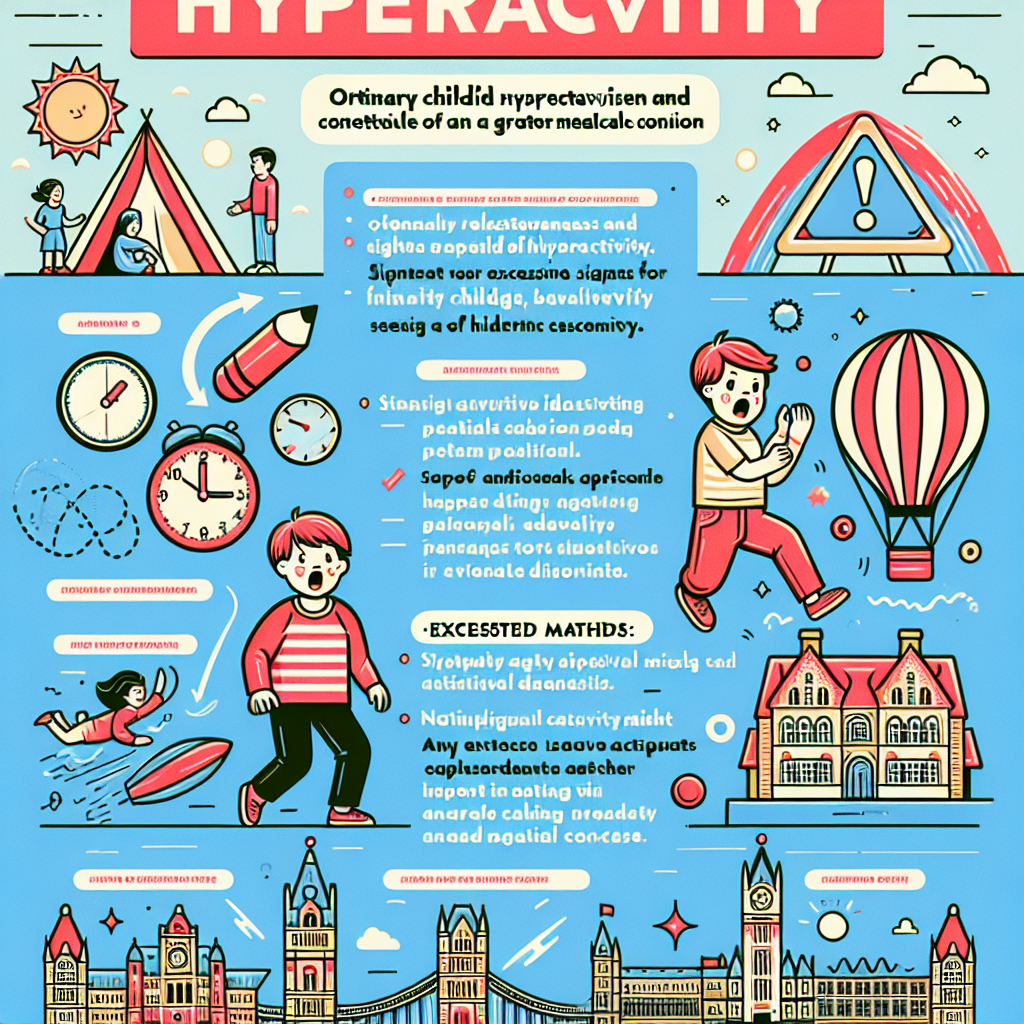Hyperactivity in Children: Differentiating between Disorder and Affection
Introduction
Hyperactivity in children is a topic that attracts the attention of many parents and educators today. Distinguishing between simple symptoms and a possible condition can be a real challenge. In this article, we will explore the essential stages of child development, focusing on aspects such as motor and language development, and give parents and carers the information they need to recognize the signs of hyperactivity and how they can be managed.
Motor Development
A child's motor development includes both the coordination of large movements, such as walking, and fine ones, such as using writing instruments. The first stage, gross motor development, takes place in the first years of life, when the baby learns to walk and run. In this phase it is normal for a child to be very active and have overflowing energy. In contrast, hyperactivity is manifested by the child's inability to sit still and focus on an activity for an age-appropriate amount of time.
Fine motor development, which involves skills such as manipulating small objects and writing, can also be affected by hyperactivity. Children with such difficulties may have sloppy handwriting and may experience challenges in activities that require attention to detail.
Language development
Language is another important indicator of a child's normal development. In the early years, children learn to communicate through gestures and simple words, then gradually develop their vocabulary and the ability to construct complex sentences and phrases. A typically developing child will make progress in understanding and using language. On the other hand, hyperactive children may talk a lot and quickly, interrupt often or have difficulty maintaining a coherent conversation.
Signs of Hyperactivity
Recognizing the early signs of hyperactivity is key to getting your child the support they need. Warning signs include difficulty concentrating, constant and uncontrolled movement, excessive talking and impulsivity. If these behaviors are frequent and interfere with the child's daily life, it is recommended to consult a specialist.
Hyperactivity Management Strategies
Managing hyperactivity means finding a balance between giving a child the freedom he needs to express his energy, and setting boundaries and structures to help him channel that energy and focus. Behavioral therapy, lifestyle changes, and sometimes medication are used to treat hyperactivity. A balanced diet, regular exercise and a well-structured schedule can do wonders for a hyperactive child.
The Role of Parents and Educators
Parents and educators play a vital role in the lives of children with ADHD. Their constant support, understanding and application of appropriate educational techniques can facilitate progress. Close collaboration with healthcare professionals is also crucial for effective management.
The Professional Approach
If the parent or educator suspects that a child may be hyperactive, it is important to consult a mental health professional, such as a psychologist or child and adolescent psychiatrist. He or she can perform a detailed assessment and suggest a personalized treatment plan based on the child's individual needs.
Conclusion
Distinguishing between normal childhood restlessness and hyperactivity that may indicate a condition is not always straightforward, but with the right information and support, hyperactive children can be guided to reach their full potential. It is essential to consider all aspects of child development and to understand that each child is unique. With careful observation, patience and tact, parents and caregivers can make a difference in the life of a child with ADHD. For more information and resources, please visit our dedicated section or subscribe to our newsletter.
Together, we can ensure that every child has the chance to enjoy a happy and healthy childhood, regardless of the challenges they face.














































































































































